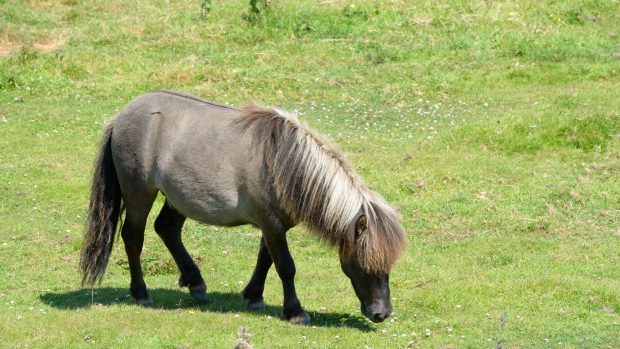Dodson & Horrell has joined forces with three of the leading veterinary schools from around the country to share the latest research and advice about laminitis. This video series features highlights from lectures and practical sessions set up to help owners understand the dangers of the condition, how to recognise the signs and what to do if your horse suffers a bout of laminitis.
While fat ponies enjoying the spring grass are “typical” laminitis sufferers, any horse that is carrying too much weight or being fed an inappropriate diet can suffer a sudden attack of this agonising condition. Laminitis can also be caused by concussion, as a side effect of some veterinary treatments including steroids, by complications after foaling in broodmares and is linked to metabolic conditions including Cushing’s disease.
Recognising laminitis
Obvious signs of acute laminitis, where the horse is in pain but structural changes have not yet occurred in the foot, include:
- Hot hooves and painful soles
- Standing in the typical laminitis stance with all the weight on the heels
- An obvious or pounding digital pulse (found on the fetlock)
- Prolonged periods lying down, trembling and looking stressed
- Shifting weight from leg or leg and a reluctance to move
Chronic cases, where the condition has existed for some time, will result in the pedal bone shifting within the hoof structure, resulting in signs of discomfort, such as:
- Intermittent lameness, particularly on rough ground
- Footsore and/or red bruising are the feet are trimmed
- Repeated pus in the foot
- Odd-shaped feet including rings on the hoof wall, long toes, dropped soles, wide white lines and flat feet
Any onset of laminitis must be treated urgently, with veterinary advice sought immediately. Do not force the horse to stand or walk. Stable the horse on supportive bedding, such as shavings, which moulds to the shape of the horse’s hooves until the vet arrives.
Vet Karen Coumbe explains: “With laminitis prevention is always better than cure, but early recognition and rapid treatment in acute cases can dramatically reduce the intense pain and improve the final outcome. All laminitis cases require a team effort from the vet and farrier to ease horses’ pain and improve their feet.”




















